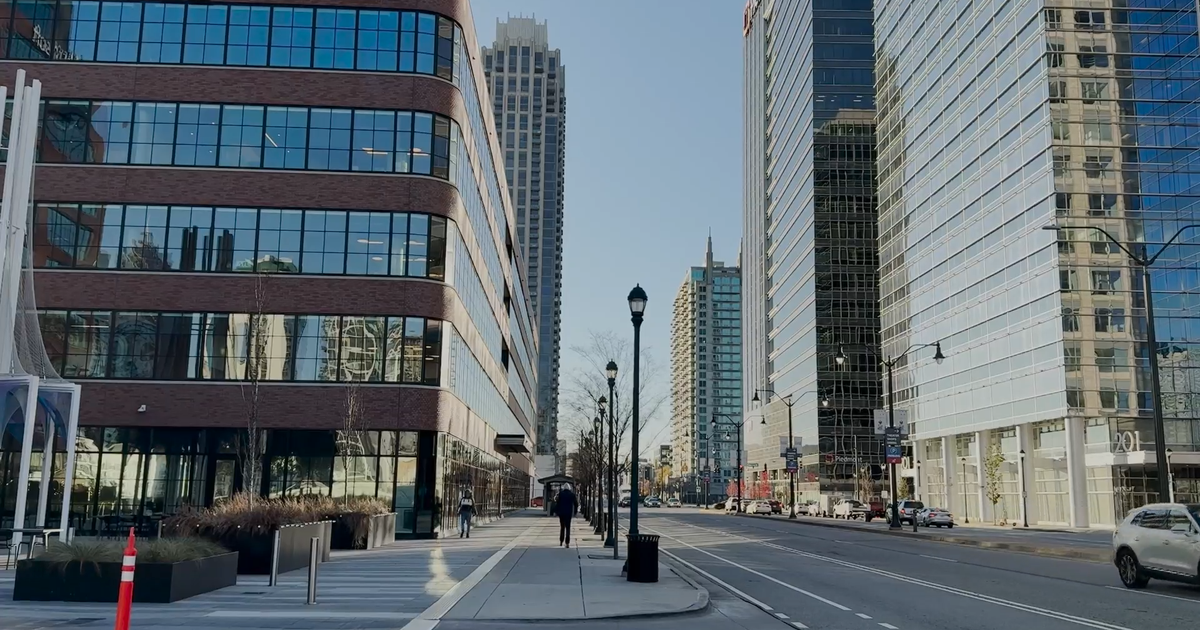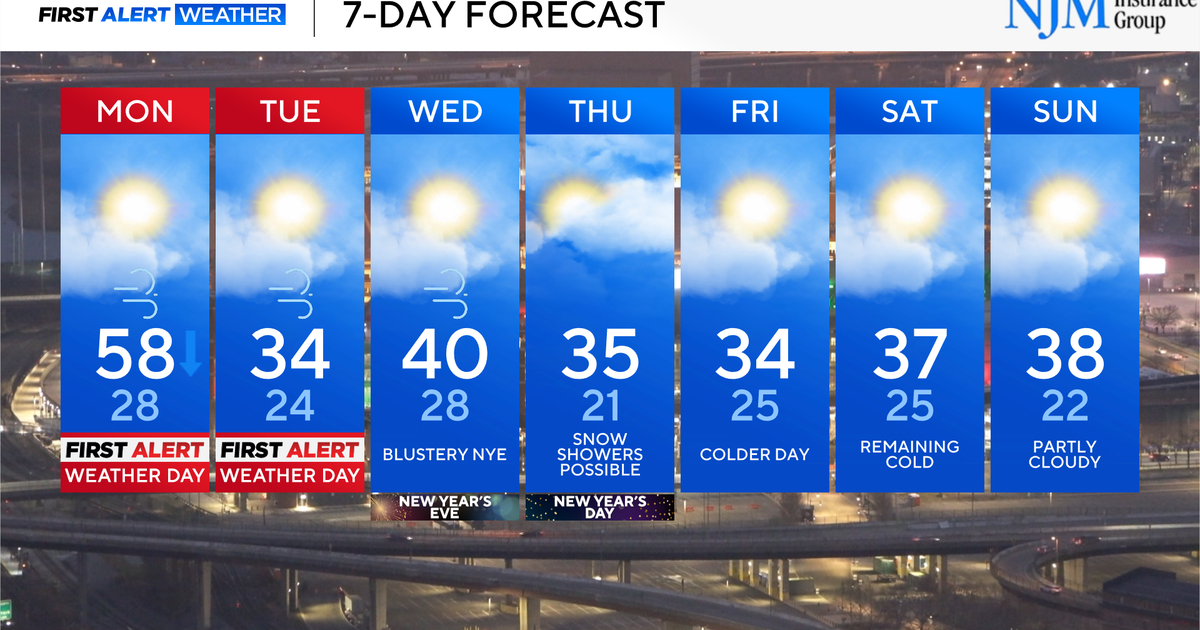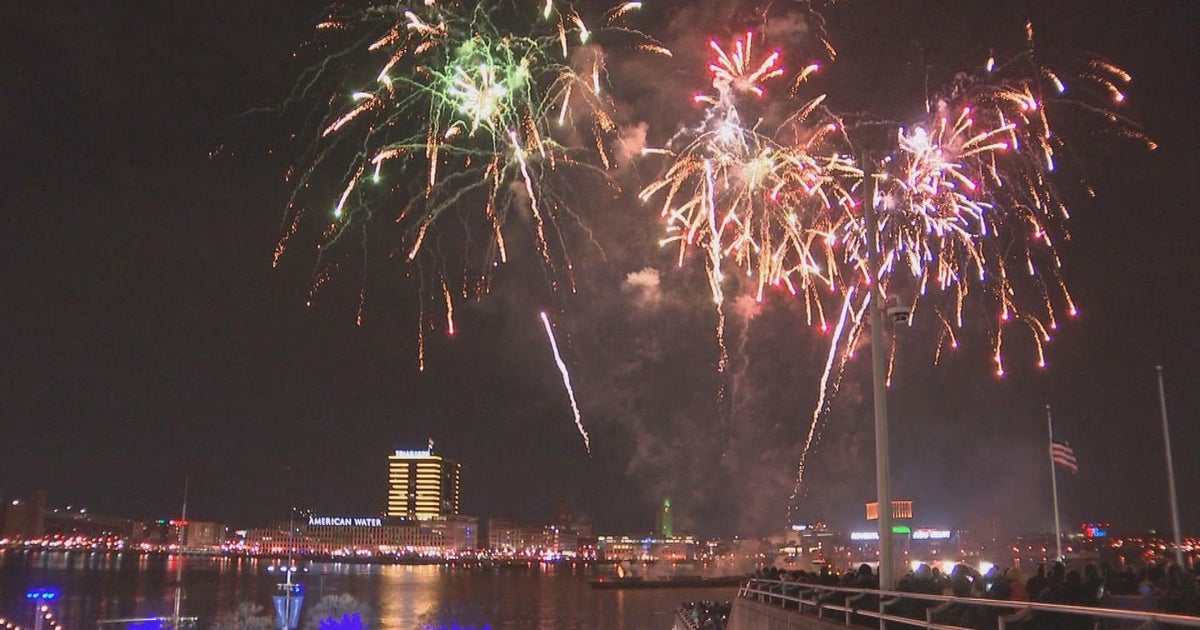Getaway Guide To Sicily
 Photo Credit: Thinkstock
Photo Credit: ThinkstockWhere To Stay
There is no shortage of overnight accommodations in Sicily. With more than 1,200 hotels spread across the island, people planning a visit will have multiple options to fit their budget. For instance, in the largest city of Palermo, there are nearly 100 hotels ranging in price from affordable to five-star status. Among the notable budget hotels to consider are Hotel Ariston, Hotel Columbia Palermo and Alma Hotel. On the more expensive side are excellent hotels like Grand Hotel Piazza Borsa, Ambasciatori Hotel, Massimo Plaza Hotel and Grand Hotel Wagner.
While Palermo is the largest Sicilian city, the most popular tourist destination is Taormina. Located on the East Coast, the small village is filled with many fine restaurants and nearly as many outstanding hotels as the capital city. Among the great affordable hotels to consider are Soleado, Victoria Hotel, Hotel Taodomus and Hotel Villa Schuler. But what makes Taormina such a world class destination is its collection of luxury hotels such as Hotel Villa Ducale, Hotel Villa Carlotta, Hotel Villa Belvedere and San Domenico Palace.
It's no secret that Sicilians love gourmet food. Regardless of anyone's budget there are hundreds of wonderful restaurants all over the island. In Palermo alone, there are more than 400 restaurants open for dinner and top choices include Trattoria Biondo, Osteria dei Vespri, Otta Nova, Ristorante Gadir and Bellotero. Other top choices in Sicily include FUD Bottega Sicula in Catania, the Michelin two-starred La Madia in Licata, the Michelin starred Duomo and Locanda Don Serafina in Ragusa and the Michelin two-starred Principe Cermai in Taormina.
Although local drivers have a reputation for driving erratically, the easiest way to get around Sicily is by car. Rental agencies can be found on the island's major airports, including Catania, Palermo and to a lesser extent, at Trapani. While public buses are readily available in Palermo, Catania and elsewhere, the service is known to be unreliable and sporadic. Taxi services are also available, but visitors should agree with a set price before entering a vehicle.
If renting a car is impractical, the best way to travel between cities is with Italy's primary train operator Trenitalia, with service to all of the major Sicilian cities such as Palermo, Catania, Taormina and Syracuse. According to Trenitalia, some trains in Sicily are guaranteed in the event of a strike.
 Photo Credit: Thinkstock
Photo Credit: ThinkstockWhat To See
Agrigento (Valley Of The Temples)
One of Sicily's most famous attractions is the Valley of the Temples (Valle dei Templi) in Agrigento. Located near the southern coastline, the Valley of the Temples is a national monument of Italy and the largest archaeological site in the world, covering more than 3200 acres. In all, the valley is the site for seven well preserved Greek temples dating back to the 6th century B.C. The Temple of Concordia, a Doric-styled structure built in the 5th century B.C., is the most famous and best preserved. Of particular interest for sunbathers is the popular tourist island of Lampedusa, about 165 miles off the coast of Agrigento and the location for Rabbit Beach, named Trip Advisor's World's Best Beach in 2013.
At 10,992 feet high, Mount Etna is the tallest active volcano in Europe and one of the world's most famous. One of three active volcanoes in Italy, it lies 22 miles north of Catania along the eastern coast of Sicily. Mount Etna is actually a series of stratovolcanoes, with four distinct craters and a base circumference covering approximately 93 miles. With documented eruptions as far back as 425 B.C., Mount Etna has the world's longest written record of volcanic eruptions. The centerpiece of Etna National Park, visitors can take a funiva (tram/cableway) then transfer to a shuttle bus up to the "crater authorized zones" at the 9,186-foot level. Mount Etna can also be viewed from the surrounding communities and wineries.
The capital and largest of Sicily, Palermo has a history that extends more than 2700 years. World renowned for its architecture, fine cuisine and culture, the city boasts several prominent attractions, including the magnificent Zisa Castle (Castello della Zisa), Teatro Massimo — the largest opera house in Italy, Pretoria Fountain (Fontana Pretoria), Palermo Cathedral and the Norman Palace (Palazzo dei Normanni), which features the breathtaking Capella Palatina which, with its mosaic exterior and stunning chapel, is considered one of the world's most beautiful churches. Also not to be missed in Palermo are the famous outdoor street markets such as Vucciria, Borgo Vecchio and Ballaro, where goods like fresh fish, produce, clothing, arts and crafts and other goods are sold. Because of these popular street markets, Palermo is widely known as the street food capital of Europe.
Despite its long distance from Palermo, Taormina and Catania, Syracuse is a must-see attraction. Located along the southeastern coast of Sicily, the historic city was founded in 734 B.C. by ancient Greek Corinthians. At the height of its power, Syracuse was as large as Athens and considered the greatest city of Magna Graecia (Great Greece). While the entire city is a UNESCO World Heritage Site, the most fascinating section is the Città Vecchia (Old City), on the island of Ortigia. Some of the most notable landmarks can be found in the Archaeological Park of Neapolis, such as the Greek Theater (Teatro Greco Siracusa), which now partly serves as a performing arts venue, Ear of Dionysius (Orecchio di Dionisio) and the Catacombs of St. John (Catacombe di San Giovanni). Other must-see attractions include Syracuse Cathedral (Duomo di Siracusa), Pallzzo Bellomo and Ortigia Market. One other notable attraction that's also part of the UNESCO World Heritage Site lies 24 miles west of the city — Necropolis of Pantalica, containing more than 5,000 tombs dating from the 13th to the 7th century B.C.
Situated on a promontory along the eastern coast of Sicily, Taormina is the island's most popular tourist destination. And with a recorded history dating back to 734 B.C., it's also one of the oldest Sicilian cities, yet is blended with elements of modern life. For example, the most popular attraction in the city is the ancient Greek Theater (Teatro Greco), with its striking views of Mount Etna in the distance. Built in the third century B.C., it's the oldest structure in the ancient city and second largest Sicilian theater after the one in Syracuse. Today, Teatro Greco serves as both an important piece of Sicilian history and the contemporary home for live music concerts and other events. But what draws the majority of visitors to this picturesque resort village are its fabulous beaches, such as Lido Mazzarò, and its large number of bars and restaurants. Other must-see attractions in Taormina include the ancient Odeon (small theater) and the 14th-century buildings of Palazzo del Duca Santa Stefano and Badia Vecchia.
Related: Foodies Guide To Tuscany







